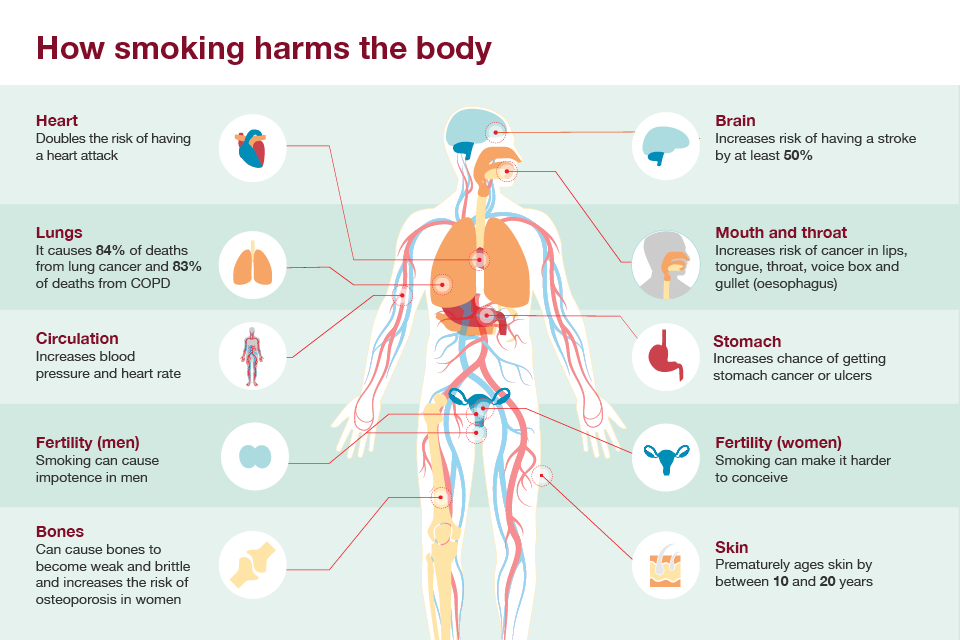Table Of Content

Data also show that infant heart rate and blood pressure changes are linked to increased nicotine levels in breast milk. Recent studies also show that vaping narrows blood vessels and harms hair follicles, potentially leading to hair loss in some e-cigarette users. Naturally, there are many questions that come with the prevalence of using e-cigarettes. Vaping products are so new that researches don't yet know if they cause cancer.
Is Secondhand Vaping Something to be Concerned About?
The study found that across all age groups AMH levels were lower in people who vaped than non-vapers. Rep. Ed Thompson, R-Pearland, hoped to give schools flexibility over how they handle students caught vaping. He said he was inspired to take the issue on after hearing about many teenagers getting routed to Juvenile Justice Alternative Education — a more severe disciplinary school — because of e-cigarettes. “I think it’s more beneficial for people to acknowledge it’s a tough time and to say yes, substances could be your answer, but there’s probably a better answer. Let me show you or get you to a mental health professional (or others in support roles),” said Dr. Florell.
flavorings such as diacetyl, a chemical linked to a serious lung disease
Adrienne Santos-Longhurst is a freelance writer and author who has written extensively on all things health and lifestyle for more than a decade. The less nicotine in your vape products, the better for you and everyone around you. This keeps the air and surfaces inside free of the harmful components, so others don’t inhale or come into contact with them on surfaces.
Secondhand vaping and smoking exposure
The concentration of nicotine in e-cig mainstream aerosol is similar to or slightly lower than that in t-cig smoke. Of note, the nicotine content in a single JUUL pod is higher than that in 20 t-cigs and may lead to potential cytotoxicity and more significant addiction effects (102). The concentrations of carbonyls and aromatic VOCs are 10–1,000 times higher in the mainstream emissions of t-cigs than in e-cigs.
EVALI: New information on vaping-induced lung injury - Harvard Health
EVALI: New information on vaping-induced lung injury.
Posted: Sat, 04 Apr 2020 07:00:00 GMT [source]
In addition to PM2.5, UFPs are also of great health concern (42) because they have a greater surface area per unit mass than do larger particles, so they can bind to more toxic chemicals (132). Similar to PM2.5, indoor UFP concentrations during e-cig use are also higher than those across the wide range of common indoor environments without e-cigs (95). A 2022 study found a link between secondhand vape exposure and an increased risk of shortness of breath and bronchitic symptoms in young adults.
Participants were considered to have bronchitic symptoms if they responded yes to any of the four symptoms.15 18 Wheeze was based on a report of wheezing or whistling in the chest during the previous 12 months. Shortness of breath was based on a report of having been troubled by shortness of breath when hurrying on level ground or walking up a slight hill. Information on shortness of breath was collected starting in wave 2 of the study.

Receive our in-depth coverage of education issues and stories that affect North Texans. “You can’t punish your way out of an addiction issue,” said Charlie Gagen, the American Lung Association’s Director of Advocacy for Texas. “We’d really like to see more resources for youth education and cessation and leave the punishment aspect for those retailers” who sell products to minors.
E-cigarettes contain ultrafine particles that can reach the distal airways and the alveoli, which are small air sacs in the lungs. Secondhand vape exposure may cause people to inhale ultrafine particles, which may enter the lungs and bloodstream and cause health issues. In Public Health England's updated 2018 evidence review, the agency's experts analyzed several new studies of passive exposure that had been published since the original 2015 PHE e-cig report. They concluded—again—that "to date there have been no identified health risks of passive vaping to bystanders."
Meet the 2024 Cowboys draft class: Tyler Guyton headlines group of eight players
To lower the potential risks posed by secondhand aerosol exposure from vaping, some U.S. states, territories, and cities have started restricting where people can vape. It’s still not clear how the toxins found in vaping can affect the health of non-vapers, especially long-term. The limited research available so far has largely focused on immediate health effects. That said, there are some concerns about how repeatedly inhaling e-cigarette aerosol over an extended period of time could affect bystanders’ long-term lung function and risk of allergic reactions.
Vaping exposes you to some of the same chemicals that cigarette smoking does. Vaping while pregnant can cause low birth weight, lung damage and brain damage in the developing fetus. In addition to particle concentrations, particle size distribution is also important to respiratory health because smaller particles (especially UFPs) generally penetrate deeper into the lung (54). E-cig particles are primarily in the submicron size range (42, 62), exhibiting a bimodal size distribution; one mode is located ~15–30 nm and the other is ~85–100 nm (119, 120, 146). Both particle concentration and particle size distribution are affected by emissions from the e-cig device, exhalation by the e-cig user, and indoor environmental factors, as illustrated in Figure 1 and discussed below.
Some studies suggest that vaping may have negative effects on the lungs, but more research is needed. Here’s what we currently know about the effects of vaping fluids with and without nicotine and vaping cannabis or CBD. People under 21 can't buy tobacco products, including vape products, under federal law.

No comments:
Post a Comment